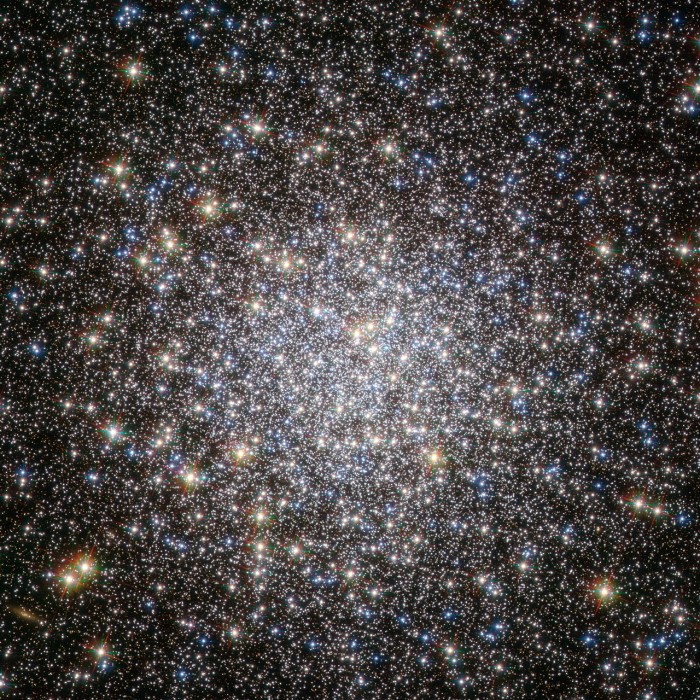There's No Bologna in a Feynman Sandwich
Leonard Susskind talks about his friend, Richard Feynman:
From TED.
Photopic Sky Survey: Amazing View of the Night Sky
Nick Risinger, a photographer from Seattle, traveled the world to make a humongous collage of the night sky; a giant, 5 GIGAPIXEL collage of our view of the Milky Way: The Photopic Sky Survey.
What do you see? This was the anthropic question of a year-long photographic project dubbed the Photopic Sky Survey, meant to reveal the entire night sky as if it rivalled the brightness of day. In it we see tens of millions of stars, the glowing factories of newborn ones, and a rich tapestry of dust all floating on a stage of unimaginable proportions. I hope you enjoy this new view of our place in the universe as much as I have enjoyed making it.
Amazing. Just amazing. The Interactive 360 version leaves me completely speechless.
Nick Risinger, you are a scholar and a gentleman. Thank you.
Play With The Universe
Ever wonder what you’d get if you combined the look and feel of EVE Online with the real data? The answer is Universe Sandbox:
Best astronomy gadget I’ve seen in a long time. Very nice!
Carl Sagan once said, “We are a way for the Cosmos to know itself.” But if that’s true, doesn’t playing Universe Sandbox mean we are… playing with ourselves?

Thanks Giant Army / Dan Dixon!
Messier 5
From SpaceTelescope.org (ESA):The globular cluster Messier 5, shown here in this NASA/ESA Hubble Space Telescope image, is one of the oldest belonging to the Milky Way. The majority of its stars formed more than 12 billion years ago, but there are some unexpected newcomers on the scene, adding some vitality to this aging population.
Stars in globular clusters form in the same stellar nursery and grow old together. The most massive stars age quickly, exhausting their fuel supply in less than a million years, and end their lives in spectacular supernovae explosions. This process should have left the ancient cluster Messier 5 with only old, low-mass stars, which, as they have aged and cooled, have become red giants, while the oldest stars have evolved even further into blue horizontal branch stars.
What Does NASA Do Anyway?
Here’s a little explanation why NASA might be worth more than 0.45% of the U.S. budget:

